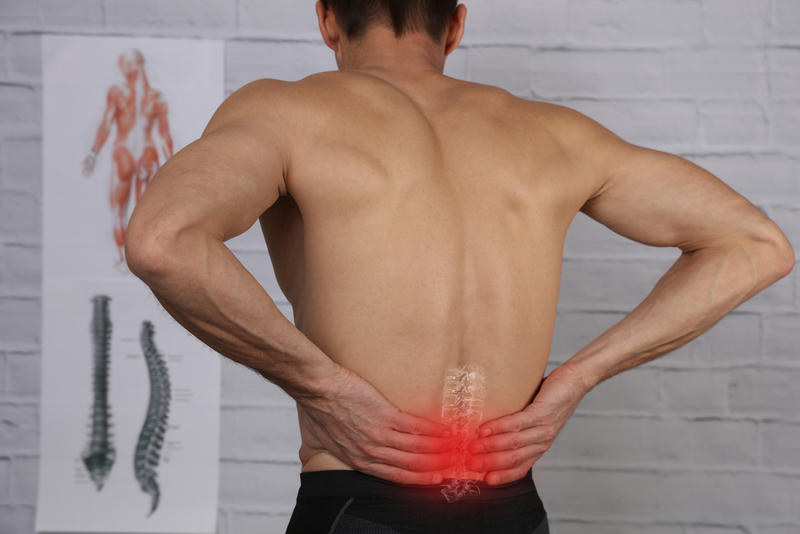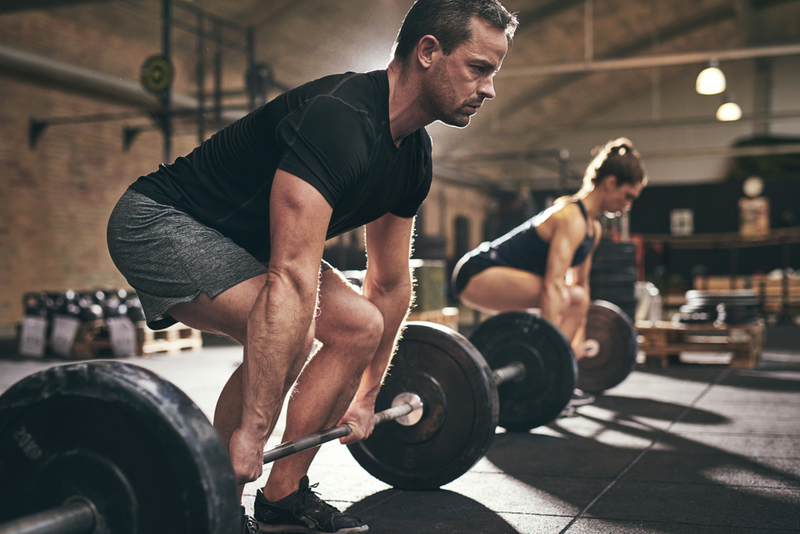If you’re experiencing lower back discomfort after deadlifting, your technique is most likely to blame. However, the cost of deadlifting does not have to be a painful lower back. Here’s how to relieve whatever pain your deadlifting habits have inflicted on you in the past, and how to make sure your deadlifting technique is perfect for the next time.
Treat yourself
It’s not a fast remedy, but time and relaxation are the most remarkable cures. That means no deadlifting till the discomfort subsides. Even if you have a mild muscular strain, your pain should go away on its own within 12 weeks. Depending on the severity of the damage, discomfort may linger another week or two. To minimize swelling and pain, apply ice to the painful area of your back for 15 to 20 minutes every couple of hours for the first three days, followed by 15 to 20 minutes of a wet hot pack starting on the fourth day. Avoid heavy lifting and avoid flexing your spine. If rest and ice aren’t working, see your doctor. They may evaluate you to see whether anything else is wrong and prescribe the best course of action.

Don’t be frightened to exercise your body once you start feeling better. Excessive caution might backfire, increasing the likelihood that your back discomfort will persist. Instead, practice appropriate form with minimal (or no) weight until you feel secure enough to raise your exertion. Before trying to deadlift again, wait until all pain and discomfort from your deadlifting injuries have subsided. Typically, this entails a one-to-two-week delay.
It’s not supposed to hurt you
It’s a common misconception that deadlifting is harmful to your back. Prior research indicates that when done correctly, deadlifting may help reduce discomfort in particular people with mechanical low back pain (MLBP). When used as part of a rehabilitation program, deadlifting has been shown to alleviate pain and improve function in the lower back.

Lower back problems are a frequent but preventable side effect of deadlifting. Maintaining a flat back and perfecting the deadlift’s hip-hinging action are essential aspects of deadlifting technique that may help keep you safe. It takes many weeks to recover from deadlifting injuries to the lower back, but you may utilize that time to build stabilizing muscles and avoid future injuries.